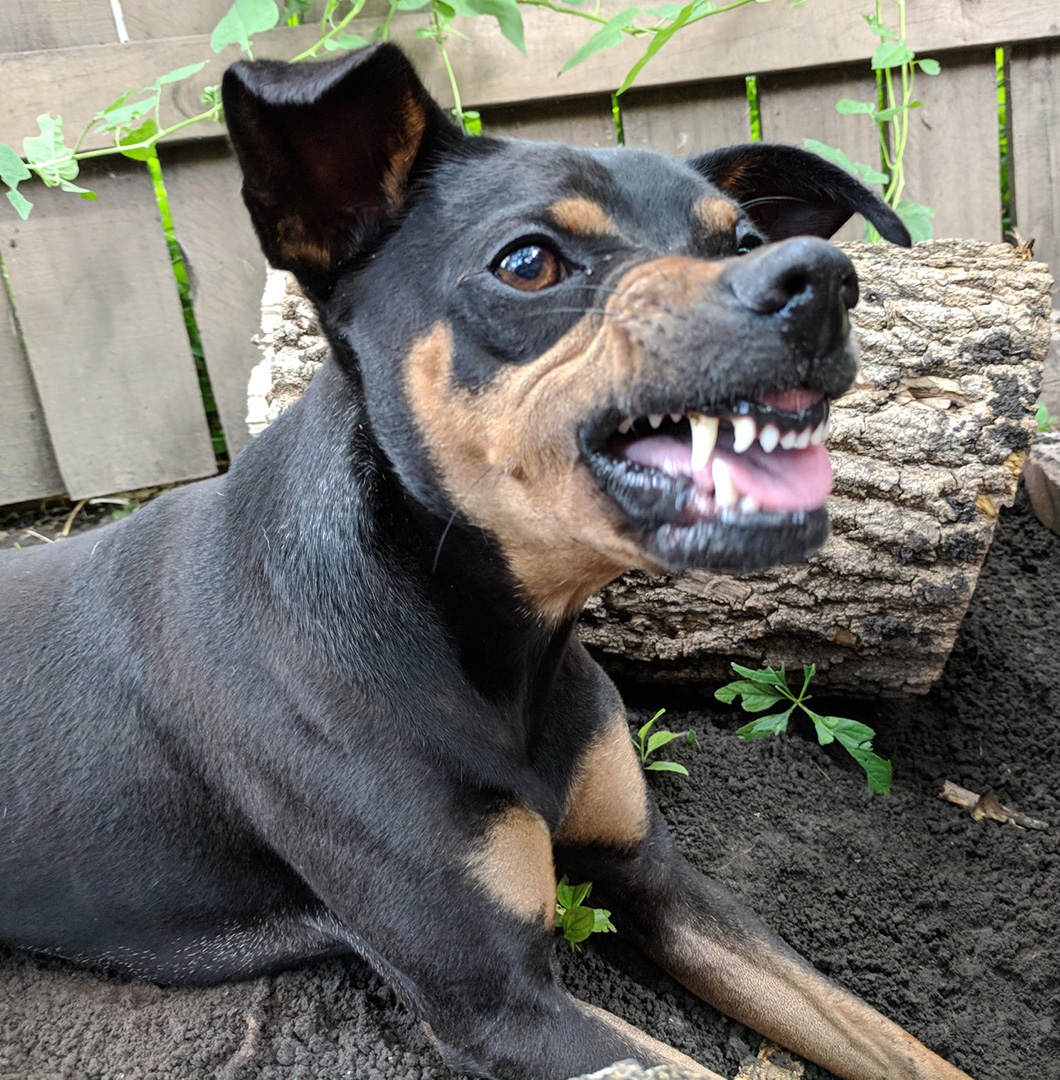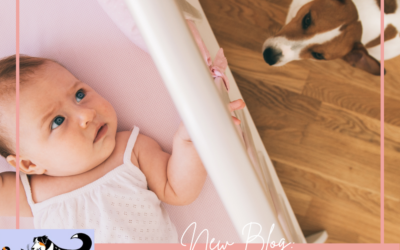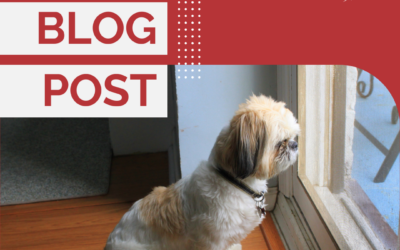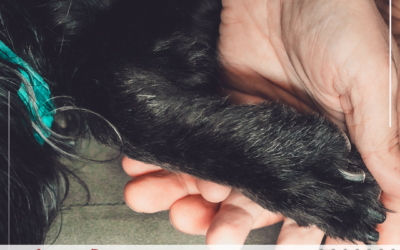Does your dog growl, freeze, lunge or try to bite if you approach him when she’s got a high value chew, used Kleenex or stolen sock? Just like food guarding that I talked about a few weeks ago, guarding high value resources is a completely normal and very common dog behavior. And when a dog snarls, growls and shows us their teeth, we’re understandably worried (hint: that’s the point! That means their communication is working! Another topic I’ve talked about recently!) This doesn’t mean we can’t do anything. On the contrary – we can teach dogs to like when we approach them when they have value items.
As my mentor., Jean Donaldson says in her book about resource guarding, Mine,
“Guarding food, objects, mates and spaces are highly adaptable traits in a natural environment. If dogs had to fend for themselves tomorrow, guarders would have the survival and reproductive edge over non-guarders.”
Guarding doesn’t mean your dog is a bad dog or that there is anything wrong with her. Guarding is a normal behavior.
Common owner questions/concerns:
- “She’s got plenty of things. Will she learn when she has access to them more that they’re not rare and she doesn’t need to guard them?” That’s a valid question and a very logical, human way of thinking about it. Dogs don’t learn like this but the humane techniques we use to help create positive associations work.
- “Is she just being dominant? Shouldn’t I take it away to show her I’m in charge?” Great questions because I’m sure every dog owner has encountered the debunked, outdated dominance idea that still floats around. But it’s flawed and no current literature or behavior professionals support dominance theory or pack theory in dogs. And this thinking is often used to promote aversive training methods like using force, intimidation and pain in training. We do not need to use these methods to train any dogs, even those who guard.
- “Was she born this way?” Perhaps and nature versus nurture is always at play and the answer is always that it’s both. Genes (nature) and experiences (nurture) both always have an impact on the dog’s behavior. Perhaps she was born with a genetic tendency or maybe she learned to scavenge as a matter of survival but it doesn’t really matter why she’s doing it because we still train it the same way,. Luckily for us, we don’t need to spend a lot of time worrying about the why.
What do we do?
First, it’s important to assess bite risk, severity and history. This may determine if the dog needs to be muzzle trained first for training or tethered. I almost always start with a tethered dog, especially if the dog’s bite inhibition is unknown. Next I work with the owner to determine the dog’s hierarchy of items, from least valuable to most valuable. We never start training with a guarded item. In fact, we start training with a dummy item – an item we know the dog definitely will not guard. Sometimes it’s something like a can of beans or a coffee mug. Once we have that hierarchy, we get working teaching the dog our little game, and in the process, creating a positive association to us approaching them when they have something valuable. We’re looking for several things including very clear body language that the dog is happy on our approach. There’s a lot of nitty gritty details (like not approaching with your bonus food out in front of you in your hand, because then the dog will very likely smell or see the food) so it’s important to work with a qualified behavior professional to ensure you get the fastest and best results. Also, the ensure safety. As Bob Bailey says, “Dog training is simple, but not easy.” Good training looks easy, but there’s a lot of mechanics and details that go into it. If you don’t know about those things, you’re not likely to be very effective, and could actually make things worse.
Want to see what the process looks like?
Watch Delilah, a shelter dog I worked with, in these two videos, working from a completely non-guarded item to her prized bully stick. She’s got lovely body language that is super clear, even in those moments when she guards just a little (pointed out in the text in the videos). (Happy note: Delilah is happy adopted, living her best life now!)
If you have a guarder, whether it’s food, toys, location, favorite person or high value chews, reach out to me for help. These sessions are easily done via remote video sessions so it doesn’t matter where you are in world – I can help you!
Happy training!
![]()




